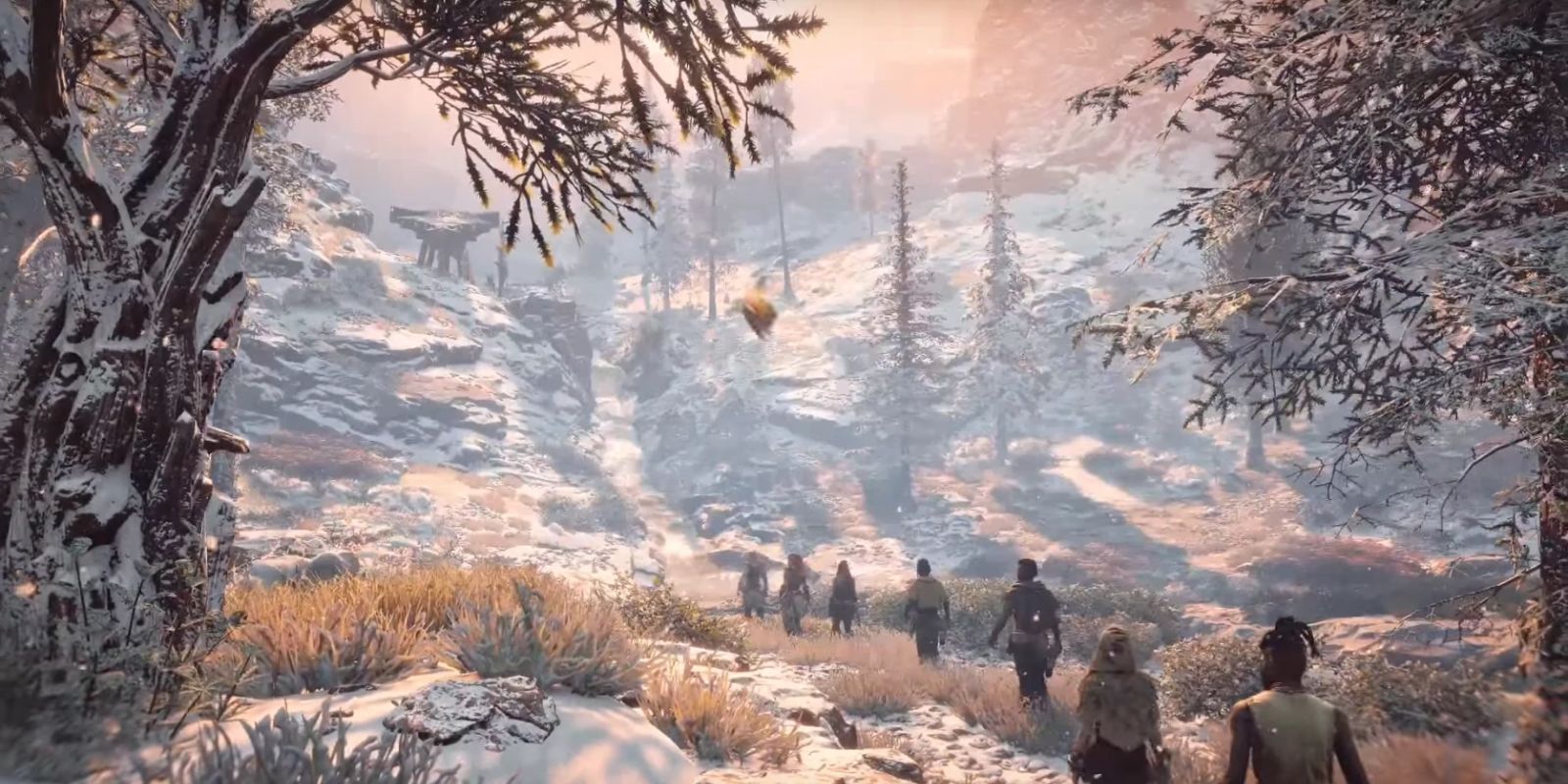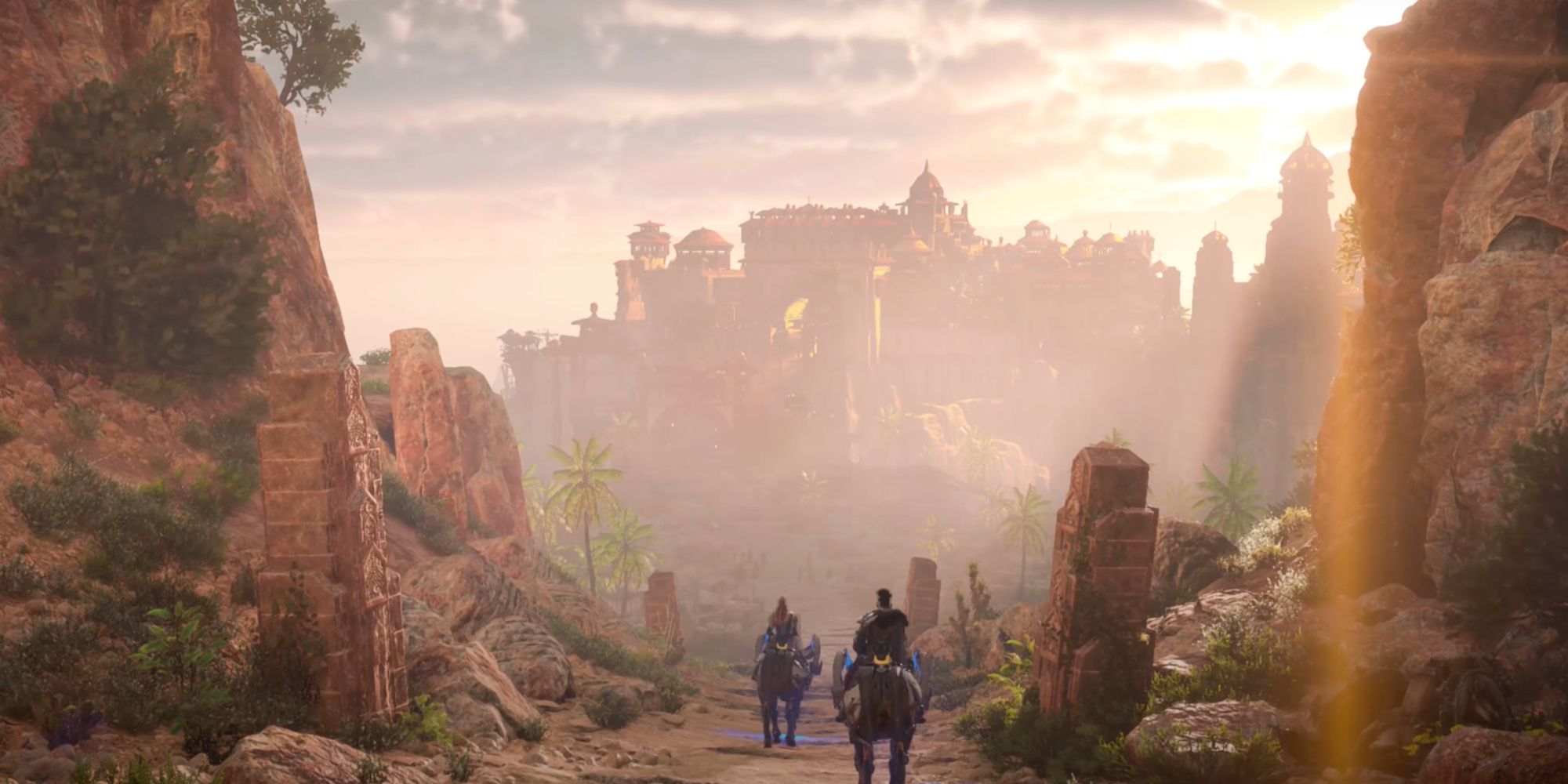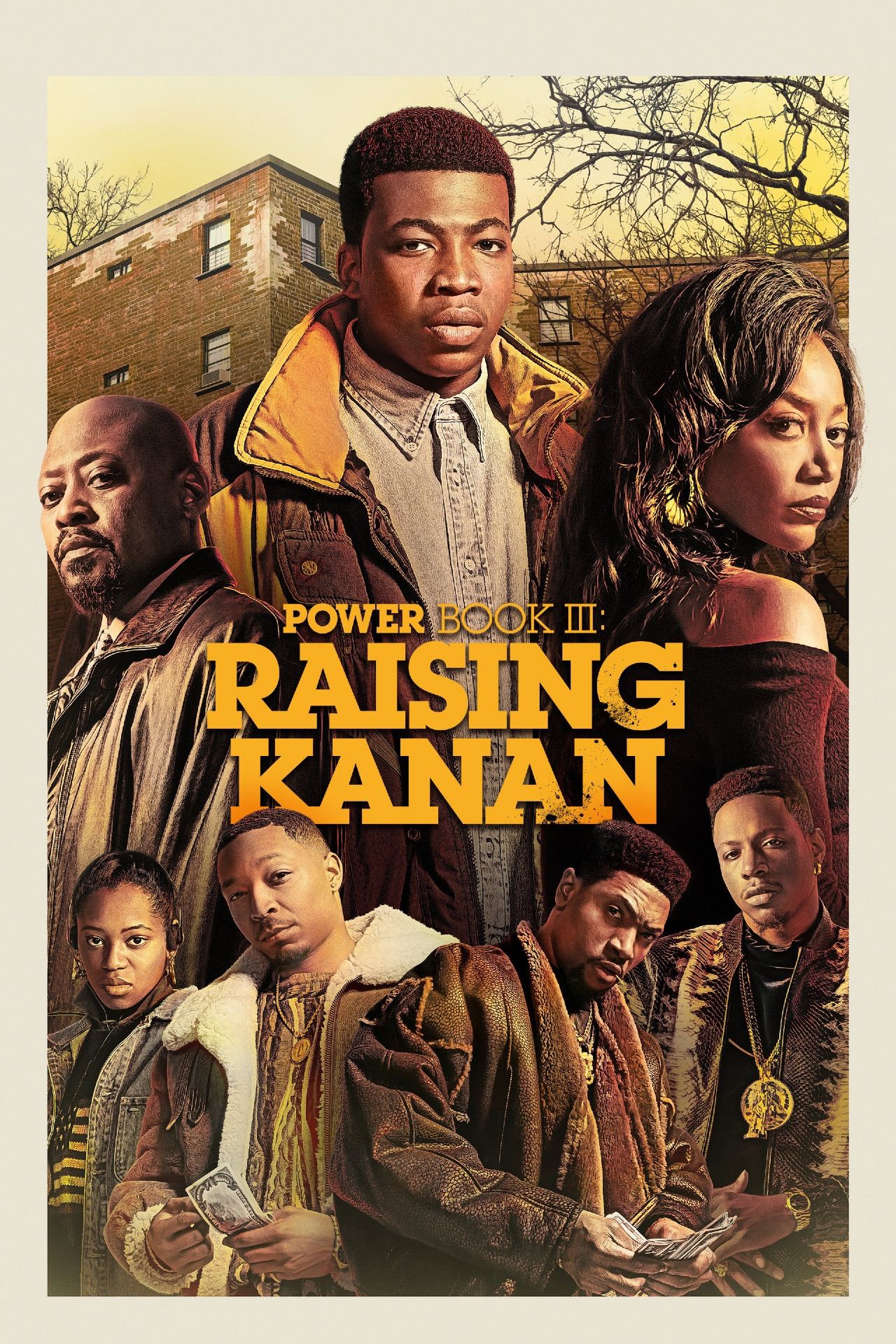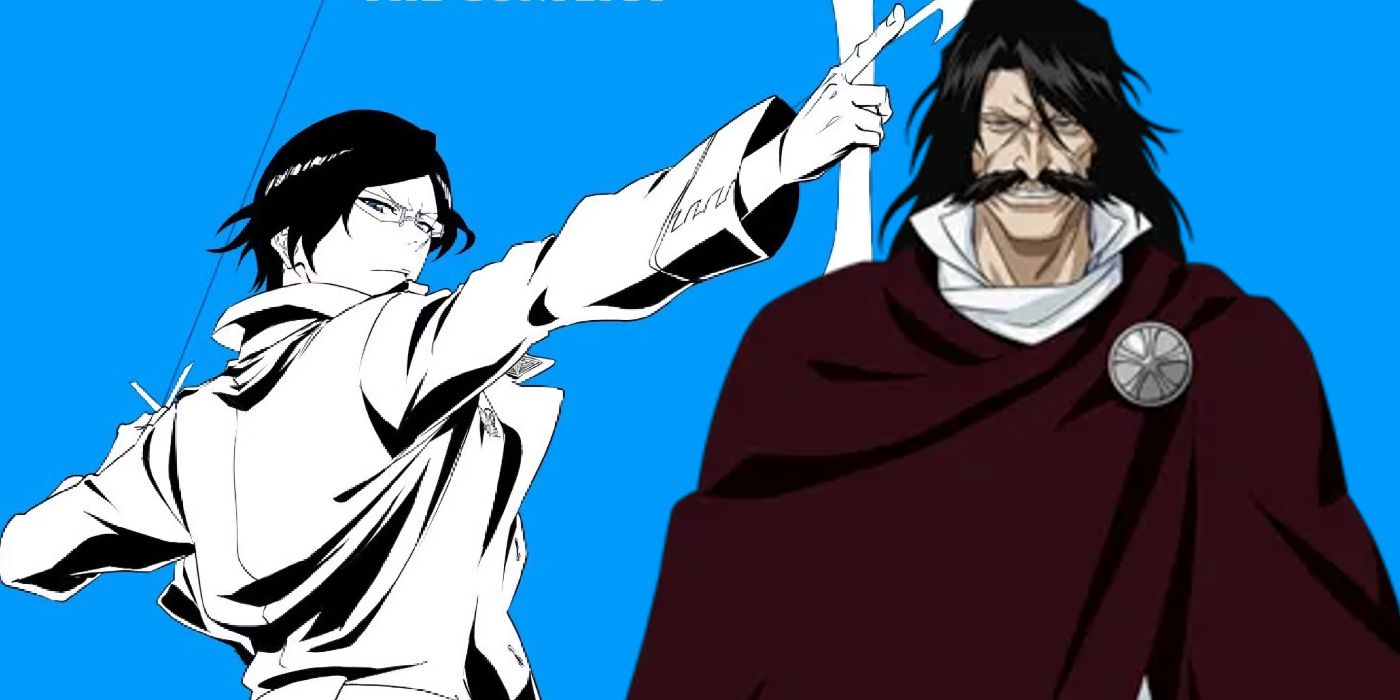Horizon Forbidden West iterates on its predecessor in a variety of ways, but doesn’t solve what is perhaps Horizon Zero Dawn‘s largest issue. Both games have incredibly long, often tedious, opening chapters. This may be a symptom of the series’ storytelling technique, and some form of tutorial is almost always needed in a video game, but the Horizon games only truly shine once players are set free in the open world. Horizon Forbidden West is a superb sequel, but repeats an unfortunate pitfall from the first game in its inclusion of an extensive, constraining prelude to the main gameplay loop.
It is understandable that both games start a little slow; the Horizon series is lore-intensive and both games have to do a lot of work narratively in order to get the player up to speed. Even in Forbidden West, which takes place shortly after the first game and generally has a self-contained primary conflict, there is a lot of ground to cover in order to establish what Aloy’s goals are now that she seemingly dealt with the HADES threat at the end of Horizon Zero Dawn‘s story. Separately instanced tutorial missions in open world games can be done well, but both Horizon games refuse to take the training wheels off even long after all the basics have been thoroughly explained.
It is certainly important for a game to communicate to the player how all of its systems interconnect, especially in open world games where there can be a wide variety of content simultaneously, but both Zero Dawn and Forbidden West can feel like they assume the player has never played a video game before. Even long after the introductory cutscenes and the most basic tutorials explaining how to navigate, climb, and use Aloy’s bow, both games confine players to a sort of microcosm of the game world at large. These tedious early game sections are tolerable because of the praiseworthy Aloy voice acting by Ashly Burch, but the true potential of the games and their open worlds are needlessly dangled in front of the player for hours on end.
Horizon Zero Dawn’s Unnecessarily Long Opening

Horizon Zero Dawn understandably spends a decent amount of time exploring Aloy’s childhood, positioning her as an outcast of the Nora tribe and showing how she came into possession of the Focus, but it takes much longer for players to truly be set free. Even after Aloy’s ill-fated Proving, the Nora’s ceremonial rite of passage, players spend multiple subsequent main quests exclusively in the tribe’s Sacred Land. The Nora aren’t supposed to leave the Sacred Land unless bestowed with the title of Seeker. For Aloy, this occurs right after the Proving, but it still takes another significant chunk of gameplay before players actually enter Carja territory and get to experience one of the best open world designs in recent years.
Plenty of games have succeeded in utilizing a middle ground between more linear levels and true open worlds. Metro Exodus and the more recent Pokémon Legends: Arceus are good examples of how multiple explorable regions can be effectively used in world design, but such a structure feels restrictive in a game designed for a genuine open world like Zero Dawn. The situation is interesting narratively with Aloy, an outcast, having to overcome taboos of a tribe she’s only just become a member of, but when it comes to gameplay, the Sacred Land turns into a bloated tutorial. Rather than letting the player figure things out for themself, Horizon Zero Dawn (and now its sequel) insists on walking them through every possible scenario for the game’s first dozen hours.
Forbidden West’s Tutorials Are Just As Tedious As Zero Dawn’s

For the most part, reintroducing who the Far Zenith are in Horizon Forbidden West is an effective opening mission. The nature of the grander Horizon narrative necessitates a lot of exposition as players both new and old need to be shown and reminded who the key figures are in two separate timelines. Aloy’s quest is succinctly explained in the introductory cutscene, and Varl’s presence in the Far Zenith facility offers an organic way for Aloy to explain a bit about the Old Ones. The entire mission is even capped off with some decent platforming and an entertaining boss fight. This quest, which takes place in an entirely separate playable area, is unfortunately only the beginning of another very long opening act.
After defeating Horizon Forbidden West‘s first Slitherfang, players are drawn into a sort of interlude in the capital city of the Carja Sundom, Meridian. This was a major location in Zero Dawn, but is not a part of Forbidden West‘s primary map to the west. Players are once again restricted to a small playable area ripe with exposition while new gameplay mechanics are introduced piecemeal. After many discussions and a couple more cutscenes, players find themselves in the Daunt, a valley known in the 21st century as part of Zion National Park. In the Daunt, players are once again confined just as they were in the Sacred Land during the beginning of Zero Dawn. The desert valley offers a sample of many of the things players will encounter in the Forbidden West, containing multiple main and side quests, merchants, points of interest, and an NPC to learn Horizon Forbidden West‘s Machine Strike mini-game from.
One of the game’s initial draws is getting to explore the Forbidden West, a region mentioned multiple times in Zero Dawn. Unfortunately, it once again takes several hours for players to get into the open world proper by crossing a literal line in the sand that designates the border of the eponymous region. Engaging with the novel cultures of Horizon is a highlight of the two games, but Forbidden West forces the player to interact with the Carja and Oseram – two tribes heavily featured in Zero Dawn – for quite some time before a single Tenakth is even seen. Just like in Horizon Zero Dawn, this can all be narratively interesting, but the extended opening act can be detrimental to the interactivity that is so important to the video game medium. The beginning of Horizon Forbidden West can still be fun, but it pales in comparison to the actual open world gameplay.



